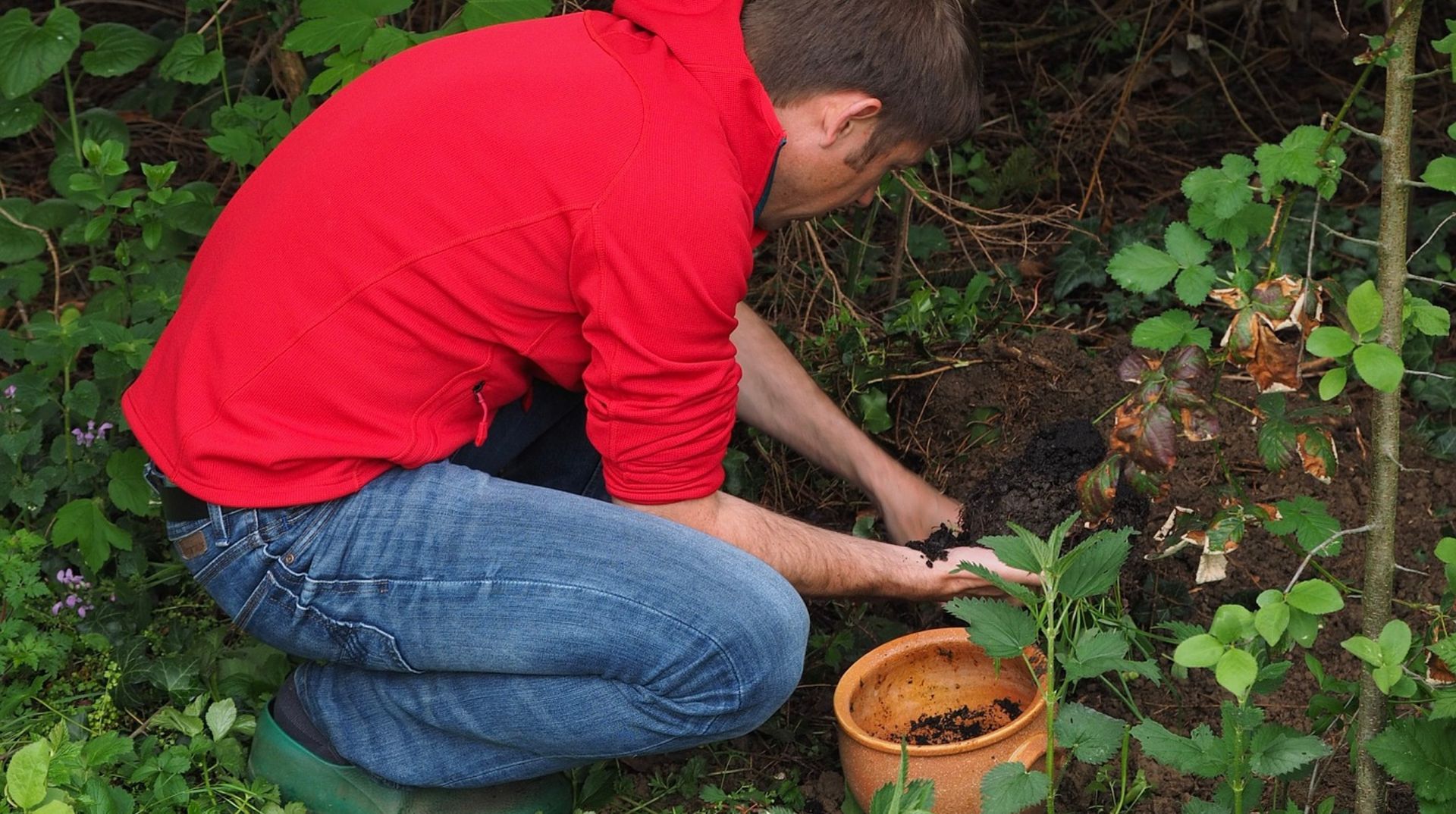Allowing Others to Fail Forward
A Serving Leadership Insight from the Life of Jesus Christ (Mark 8:22-26)
“They came to Bethsaida, and some people brought a blind man and begged Jesus to touch him. He took the blind man by the hand and led him outside the village. When he had spit on the man’s eyes and put his hands on him, Jesus asked, ‘Do you see anything?’ He looked up and said, ‘I see people; they look like trees walking around.’ Once more Jesus put his hands on the man’s eyes. Then his eyes were opened, his sight was restored, and he saw everything clearly. Jesus sent him home, ‘Don’t even go into the village.’” (Mark 8:22-26)
In Mark 8:22–26 Jesus healed a blind man through a two-step process. Spitting on the man’s eyes while laying on his hands, Jesus asked, “Do you see anything?” The man replied that he could see people walking around, but that they appeared to him like trees. Jesus put his hands on him again. Then the man saw everything clearly. Was Jesus exercising his prerogative to heal in stages according to the man’s evolving faith? After all, this passage is preceded by several examples of the disciples struggling through multiple opportunities to grow in their faith. In any case, serving leaders allow people to “fail forward.” They develop others according to their level of progress. Finally, note that once again Jesus led the man outside the village to perform the healing away from the clamor and applause of the crowds. After restoring the man’s sight, Jesus also sent him away from the village to minimize potential for fame and acclaim.
KEY QUESTIONS: How is faltering faith better than no faith at all? How might I respond better to my spouse, children, friends, or co-workers when they fail? How might I reward effort? When is a good time to jump in and help someone fail forward? When should I hold off?















